HEART OF THE COUNTRY: Local creators strive to make Kansas City a hub for film and television
When David Dastmalchian returned to Kansas City after a 20-year absence, to appear in the independent film he wrote, All Creatures Here Below, it was not just a homecoming. It was more like a revelation.
The Shawnee Mission South alumnus and star of movies ranging from DC and Marvel Studio films to Blade Runner 2049, who moved to Chicago for college and now lives in Los Angeles, had no idea that his home town’s cultural life had burst into such glorious bloom since his departure. Downtown was alive, the performing arts were booming, the Crossroads District was thriving.
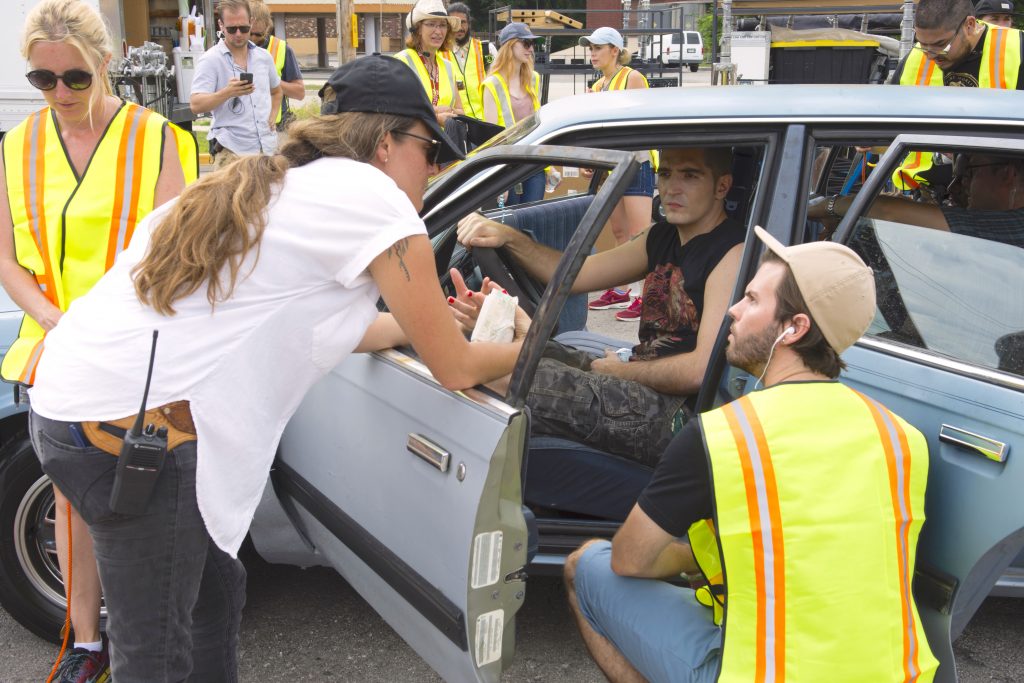
The 2018 film that resulted from David’s visit, directed by Collin Schiffli, stunningly captures the beauty and the dark moodiness of our region. “There is an energy and an aesthetic that is wholly specific to the Midwest,” said the actor, who has starred in The Dark Knight, Prisoners, both Ant-Man films, Teacher, and (most recently) The Suicide Squad, in which he plays the DC villain Polka-Dot Man.
David laments that so many Midwestern stories are shot in Georgia or Louisiana, states with large film incentives.
“The American Midwest, of which Kansas City is the beating, pulsing heart and represents so much of what is wonderful about it, is constantly being portrayed in film and television by being shot in Atlanta or New Orleans. And as wonderful as those cities are… they’re not the Midwest. There are great elements missing from them: seasonal qualities, skyline qualities, architectural differences, historical differences.”

Nevertheless, Kansas City may be on the verge of a film-and-TV renaissance, as artists and entrepreneurs increasingly push for productions on all levels. In October 2014, former Mayor Sly James reopened the Kansas City Film Office, a division of Visit KC that has grown into a powerhouse of local support for film, television, and commercial work.
And in the absence of statewide film incentives on either side of state line, the City has instigated its own rebate program: All Creatures was one of the first feature films to take advantage of it. (Other films such as Morgan Dameron’s Different Flowers have also used the incentive.)
“The big mission of the Film Office is to ignite passion for Kansas City,” said Film Commissioner Steph Shannon, who heads the office. “Within our own industry locally but also within the larger industry, so that Kansas City is always thought of as a place that you can come to film.”
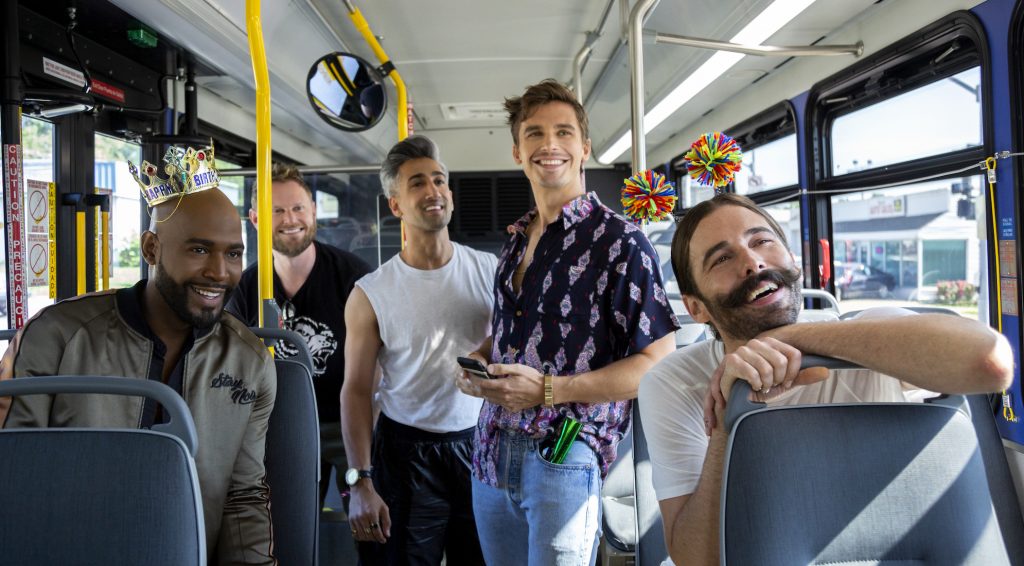
Steph’s office fields some 200 projects per year, which range from commercials and short films to such shows as American Ninja Warrior and the Emmy Award-winning Queer Eye. (See kcfilmoffice.com.)
In addition, such local filmmakers as Jill Gevargizian (The Stylist), Morgan Cooper (U Shoot Videos?), and Patrick Rea (I Am Lisa) have found the region markedly hospitable for independent film production. (Morgan has since moved to Los Angeles, where Peacock and Will Smith are helping him transform his Bel-Air pitch into a major television series.)
The other job of the Film Office is “to increase the economic impact that the industry has on our destination, and that means jobs,” Steph said. Though some view government rebates for film and TV as a form of “subsidizing Hollywood,” in fact the vast share of the work created by such projects goes to resident talent. (Martin Scorsese is currently making a $200 million film in Oklahoma, which The Oklahoman estimates will bring $24 million into the state.)
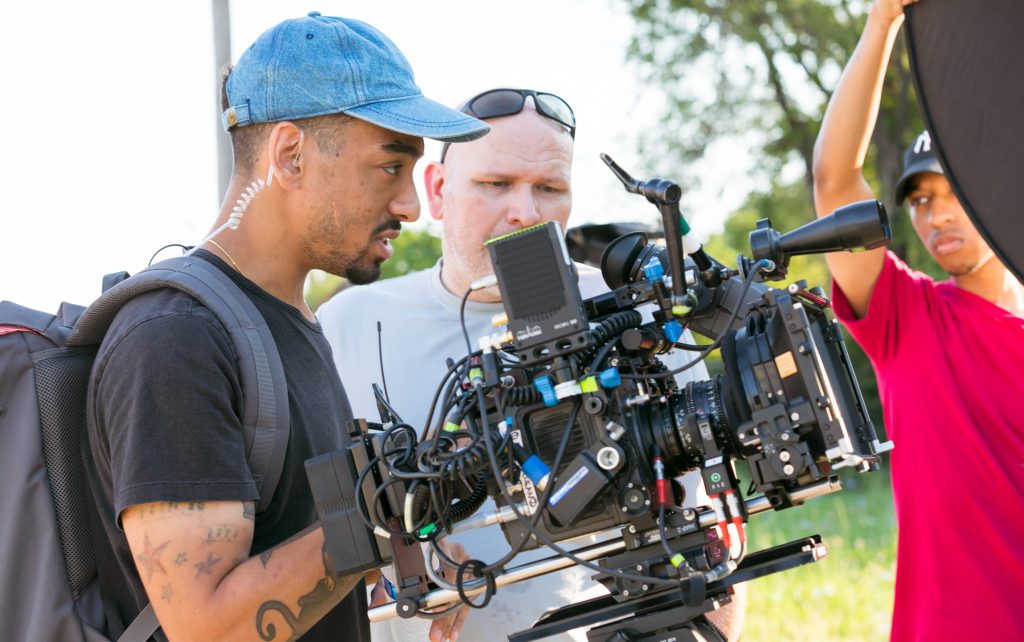
Every time a film or major television show comes to town, it employs hundreds of local actors, film and lighting crews, set and costume designers, hair and makeup artists, carpenters, caterers, and a huge array of auxiliary services. “One-third of my job is to support and promote and celebrate what our own talent is doing here,” Steph said.
Kansas Citians adore playing host to movies and TV, as anyone who has worked here can attest. “The thing I really love about shooting here is that everybody is really excited about the process,” said Patrick, a graduate of The University of Kansas, where he was a student of celebrated screenwriter Kevin Willmott (BlacKkKlansman, Da 5 Bloods).
Patrick’s horror films, which also include Nailbiter and Arbor Demon, are shot almost entirely in our region. And in cafés, hotels, shops, and other locations, he finds “a lot of people who are willing to go above and beyond” during a shoot.

“Seeing your home town in a movie is exciting,” he said. “People were excited about the Royals and the Chiefs, and I think it would be equally exciting to see more movies made here, more stories being told from the point of view of Kansas City.”
Patrick sees a welling-up of regional talent, as “people are sticking around” to make films here. He compared the situation to Austin, Texas during the 1990s, when writer-directors such as Robert Rodriguez (The Mariachi, From Dusk Til Dawn), and Richard Linklater (Boyhood), rose to international fame while continuing to make films at home, “utilizing Austin talent and building that industry there.”
He yearns to see that process unfold here. “I wanted to have a family and make movies,” said Patrick, a father of two who lives in the Northland. “I don’t see how you could fiscally or mentally handle being in Los Angeles and raising a family.”
I Am Lisa, an ingenious female werewolf story Patrick directed, to a script by Kansas City screenwriter Eric Winkler, cost $100,000 to make and is reaping a respectable profit at Redbox, in stores, and on streaming services.
“You’ve got to keep your budgets low so that you can pay back your investors,” Patrick said. “Don’t do car chases if you want to make a movie in 14 days. … And hire good actors, that way you’re not going to do 20 takes.”
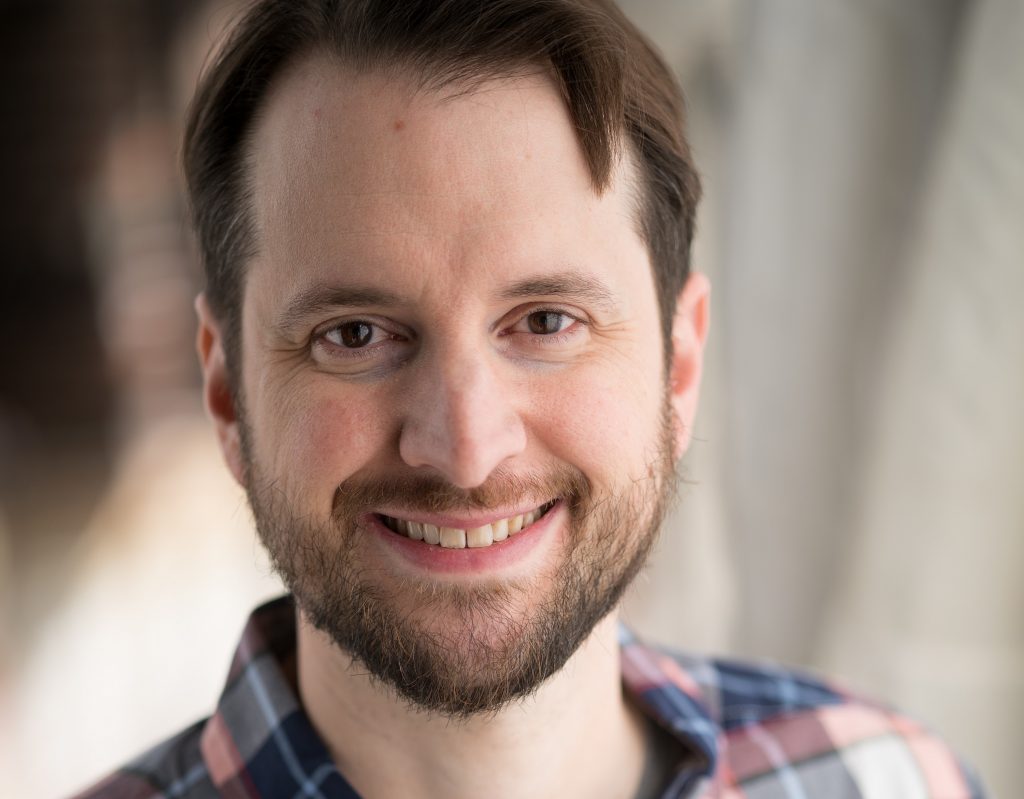
Local projects bring both civic pride and an enhanced vision of Kansas City to international viewers. “I like the idea of having this area be its own character,” said Eric, who was also executive producer for I Am Lisa. “We made a film that we’re all proud of, and that Kansas City can be proud of.”
The path to larger projects remains tangled, but insiders see hope. “We’ve done really well in the Economic Development Committees in both the Missouri House and the Senate year after year,” Steph said. “We haven’t been voted down, it’s just a matter of what our legislators think our priorities are.” (Some 40 states have rebates or tax incentives for film.)
Another key element in attracting out-of-town projects is the construction of a significant soundstage, something that Kansas City-based film producer and commercial realtor Philip Botana has been investigating in earnest.
“A lot of studios like Netflix, Hulu, and Amazon are going all around the country… pre-booking not only soundstages but also visual effects space, sound-design space, offices,” said Philip, an associate at Newmark Zimmer who spent 15 years in Los Angeles producing and distributing independent films.
“What’s the expected return on the investment for the person building that asset? Then depending on who’s using the asset, that’s your revenue.”
A soundstage could be built here relatively inexpensively if investors felt assured that it would get consistent use. “It’s an industrial building,” Philip said, “a shell with soundproofing and air conditioning.”
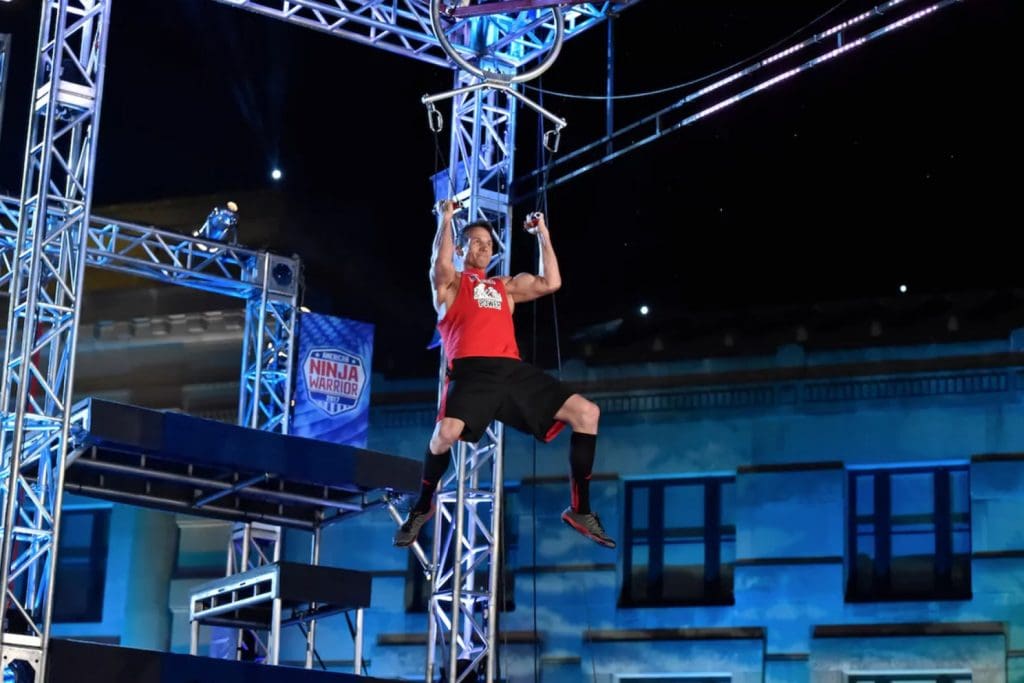
The presence of a major soundstage in this region could be transformative. “I truly believe that,” David said. “I believe that if our legislators would stop blocking the path to progress, there are tens of thousands of jobs, if not more, waiting to be created in Kansas City and the surrounding areas.”
Another strong feature our city offers to filmmakers is its variety of “looks.” “There’s modern architecture here if you have something set in the future,” Steph said. “Or if you set something in the past, we can do that too. We have ‘urban gritty’ and suburbs… and we have rural settings that are just right outside the metro.”
The city also has “every kind of suburb you can think of,” Philip added, from 1950s vintage to contemporary sleek. “It’s important that we have many different kinds of looks.”
But just as crucial is the city’s technical workforce, which continues to grow. “We have an experienced crew base,” Steph said. “The larger projects are going to be union… and we have that too.”

Atlanta has become a model: Its enormous system of soundstages and its affordable production costs continue to entice projects from the coasts.
“My home is in Los Angeles, but in the last eight years, I would say I’ve spent 30 percent of my life in the city of Atlanta,” David said. “Because that’s where much of the filming I do takes place.”
Kansas City can boast an even more affordable film environment, even without state incentives. “If people like Patrick Rea can make a film for $100,000 and make it look like it cost a million dollars, that does have a lot of value,” Philip said. “Things won’t accelerate as quickly as they would with the tax credits, but certainly more and more people will find it viable … as they are able to make things remotely, and leave Los Angeles or New York to come here.”
David was astonished at the city he returned to, and he believes international producers and directors will feel the same way once they see it.
“All of these huge entertainment complexes are sitting on billions of dollars,” he said, “and on hundreds, often thousands, of projects. … And 10, maybe 20 percent of them are set in some general American city that feels like the Midwest.”
He was also struck by the vitality of the talent pool while filming All Creatures. In addition to the “great resource of personnel on the ground,” he said, “there is such a vibrant community of artists and businesspeople in the Greater Kansas City area, and it requires both of those communities working collaboratively … to make film and television operate at a level that it should.”
David added that he is “willing to do whatever it takes” to bring film and TV to his hometown. “Every chance I get, when I’m talking to national press, I talk up Kansas City.” He even urges his famous friends to fly here for weekend getaways. “And they come, and they say, Wow, this place is amazing.”
—By Paul Horsley
Cover photo: David Dastmalchian / Photo by JSquared Photography
To reach Paul Horsley, performing arts editor; send an email to paul@kcindependent.com or find him on Facebook (paul.horsley.501) or Twitter (@phorsleycritic).




